If you’ve ever wondered, ‘How much should a roof repair cost?’ you’re not alone. Roof repairs are a common home maintenance concern, and getting a clear picture of the expenses involved is essential for homeowners.
The cost of repairing a roof can vary widely, depending on numerous factors. Factors like the type of roofing material, the extent of damage, your location, and even the roofing contractor you choose can all play a role in determining the final bill. In this blog post, we’ll break down these factors and provide you with a realistic estimate of what you can expect to pay for your roof repair project.
Whether you have a minor leak that needs patching or you’re facing a more extensive repair job, we’ve got you covered with insights and tips to help you budget effectively. Let’s dive into the world of roof repair costs and ensure you’re well-prepared to tackle your roofing issues without any budgeting surprises!”
Common Roof Repairs and the Associated Costs
Roof repair costs can vary widely depending on the type of repair needed, the extent of the damage, your location, and the materials involved. Here’s a breakdown of common roof repairs along with estimated costs:
1. Shingle Replacement
This repair involves replacing damaged or missing shingles. On average, it can cost between $150 to $400 for a small area.
2. Leak Repair
Fixing a roof leak’s cost depends on its source and extent. Minor repairs might range from $200 to $500, while more extensive leaks requiring patching or flashing replacement can cost $500 to $1,000 or more.
3. Flashing Repair or Replacement
Repairing or replacing flashing around roof penetrations like chimneys or vents can range from $200 to $600 per area.
4. Gutter Repair
Costs for gutter repair typically range from $100 to $400, depending on damage extent, including cleaning, realignment, or replacement.
5. Roof Decking Repair
Repairing or replacing damaged roof decking can cost between $500 and $1,500, depending on the damaged area’s size.
6. Valley Repair
Repairing or replacing valley flashing may cost between $300 and $800, depending on the complexity of the job.
7. Skylight Repair
Skylight repairs can vary, with resealing starting at around $200 and more complex repairs exceeding $1,000.
8. Ventilation Repair
Repairing or upgrading attic ventilation systems ranges from $300 to $800, depending on the type and extent of work.
9. Soffit and Fascia Repair
Repairing or replacing damaged soffits and fascia boards can cost between $300 and $1,000 per area.
10. Emergency Repairs
Costs for emergency roof repairs vary based on damage extent but budget at least a few hundred dollars for minor emergency repairs.
The Price of Material
The price of roofing materials can vary widely based on factors like the type of material, quality, brand, and location. Here are approximate cost ranges for some common roofing materials:
1. Asphalt Shingles
Asphalt shingles are among the most affordable roofing options. Basic three-tab asphalt shingles can cost between $70 to $120 per square (100 square feet), while architectural or dimensional shingles can range from $120 to $200 per square.
2. Metal Roofing
Metal roofing materials, such as steel or aluminum, generally cost between $150 to $600 per square. Copper and zinc roofing materials can be significantly more expensive.
3. Wood Shingles or Shakes
Wood shingles or shakes typically range from $400 to $700 per square. Cedar is a common choice for wood roofing.
4. Slate Roofing
Slate roofing is a premium option and can cost anywhere from $600 to $1,500 or more per square.
5. Tile Roofing
Concrete or clay tiles vary in price, with concrete tiles ranging from $150 to $250 per square, while clay tiles can cost $300 to $600 per square or more.
6. Rubber Roofing
Rubber roofing materials, such as EPDM, usually cost between $200 to $400 per square.
7. TPO or PVC Roofing:
Thermoplastic roofing materials like TPO or PVC typically range from $250 to $600 per square.
8. Roofing Underlayment:
Roofing underlayment, like synthetic or felt paper, costs between $30 to $60 per roll, which covers a specific area.
9. Roofing Flashing:
Flashing materials for sealing roof penetrations and edges vary in price based on type and size but typically range from $10 to $30 per linear foot.
Factors to be Considered for Calculating Roof Repair Cost
Calculating the cost of a roof repair involves considering several key factors to ensure an accurate estimate.
Here are the main factors to take into account:
1. Type of Roofing Material
The type of roofing material used on your roof greatly influences repair costs. Materials like asphalt shingles, metal, wood, slate, tile, rubber, and membrane roofing all have different costs associated with repairs.
2. The extent of Damage:
The severity and extent of the damage play a crucial role. Small, localized issues like a few damaged shingles will be less expensive to repair than larger or widespread damage.
3. Labor Costs
Labor costs can vary depending on your location, the complexity of the repair, and the experience of the roofing contractor. Skilled and experienced contractors may charge higher rates.
4. Roof Accessibility
The ease of access to your roof can impact the cost. A steep or high roof may require additional safety measures or equipment, which can increase labor costs.
5. Materials Required
In addition to roofing material, other materials like flashing, underlayment, sealants, and fasteners may be needed. The type and quantity of these materials affect costs.
6. Roof Age
The age of your roof can impact repair costs. Older roofs may require more extensive repairs due to wear and tear, and matching older materials can be more challenging and costly.
7. Local Climate
Weather conditions in your area can influence the type of roofing materials needed and the durability of repairs. Harsh climates may require more robust materials and repairs.
8. Permit Requirements
Some repairs may require permits, which come with associated costs. Check with your local authorities and factor in permit fees if necessary.
9. Contractor’s Expertise
Hiring an experienced and reputable roofing contractor may cost more upfront but can result in better-quality repairs that last longer and reduce the risk of future issues.
10. Emergency Repairs
If you need immediate repairs due to severe damage or leaks, emergency services may be more expensive than scheduled repairs.
11. Warranty and Guarantees
Consider whether your repair comes with any warranties or guarantees from the contractor or manufacturer. This can impact long-term costs if further repairs are needed.
How Can You Save on Roof Repair Costs?
Saving on roof repair costs requires a combination of preventive measures and careful decision-making. Here are some strategies to help you minimize roof repair expenses:
1. Regular Maintenance
Schedule regular roof inspections by a professional. Identifying and addressing small issues early can prevent them from turning into major, costly repairs.
2. Clean Gutters and Downspouts
Keep your gutters and downspouts free from debris, leaves, and dirt. Clogged gutters can lead to water backup, which can damage your roof and require repairs.
3. Trim Overhanging Trees
If you have trees near your home, trim branches that hang over the roof. Falling branches and leaves can damage your roof and cause costly repairs.
4. Prevent Ice Dams
Proper attic insulation and ventilation can prevent ice dams from forming on your roof. Ice dams can lead to leaks and structural damage.
5. Address Ventilation Issues
Ensure your attic and roof have proper ventilation. Proper ventilation helps regulate temperature and moisture, reducing the risk of damage.
6. Use Quality Materials
When replacing your roof or conducting repairs, invest in high-quality roofing materials. They may cost more upfront but can last longer and reduce the need for frequent repairs.
7. Choose the Right Contractor
Select a reputable roofing contractor with a track record of quality work. A skilled contractor can perform repairs that last, saving you money in the long run.
DIY Vs Professional Roof Repair – Which One’s Better
Deciding whether to tackle roof repairs as a DIY project or hire a professional roofing contractor depends on several factors. Here’s a comparison to help you make an informed choice:
DIY Roof Repair:
Pros:
- Cost Savings: DIY repairs can save you money on labor costs.
- Sense of Accomplishment: Completing a DIY project can be rewarding.
- Immediate Action: You can address minor issues promptly without waiting for a contractor’s availability.
- Simple Repairs: Some minor repairs like replacing a few shingles may be straightforward and suitable for DIY.
Cons:
- Safety Risks: Roof work can be dangerous, and DIYers may lack proper safety equipment and training.
- Quality Concerns: Inexperienced DIYers may not perform repairs correctly, leading to more significant problems later.
- No Warranty: DIY repairs typically don’t come with warranties, leaving you responsible for any future issues.
- Complexity: Some roof repairs, especially those involving structural or extensive damage, are best left to professionals.
Professional Roof Repair:
Pros:
- Expertise: Roofing contractors have the knowledge and experience to assess and repair a wide range of issues.
- Safety: Professionals are trained and equipped to work safely at heights, reducing the risk of accidents.
- Quality Work: Roofing contractors can ensure repairs are done correctly, preventing future issues.
- Warranties: Many professional repairs come with warranties, offering peace of mind.
- Time Efficiency: Contractors can complete repairs quickly, minimizing the disruption to your daily life.
Cons:
- Cost: Hiring a professional typically costs more than a DIY project, especially for complex repairs.
- Scheduling: You may need to wait for a contractor’s availability, especially during peak seasons.
- Less Hands-On Involvement: If you enjoy DIY projects, you might miss the hands-on experience.
Conclusion:
In conclusion, understanding the factors influencing roof repair costs and making informed decisions can help you save money and maintain the integrity of your home’s roof. Regular maintenance, prompt attention to issues, and investing in quality materials and professional services when needed are key steps in minimizing long-term expenses.
When it comes to roof repairs, safety and the quality of work should be paramount. While DIY repairs can be suitable for minor, manageable issues, complex repairs or those involving structural concerns are best left to the expertise of professional roofing contractors. Their experience, safety measures, and ability to provide warranties often make them the preferred choice for ensuring the durability and longevity of your roof.
Mr. Roofer is a well-established and reputable roofing contractor. With decades of experience in the roofing industry, Mr. Roofer has built a solid reputation for delivering high-quality roofing services to homeowners and businesses.
Contact us today for a free consultation and experience the peace of mind that comes with having a reliable roofing partner by your side. Your roof’s well-being is our top priority.
It’s recommended to have your roof inspected at least once a year, typically in the spring or fall. Additionally, after severe storms or extreme weather events, it’s a good idea to have your roof inspected for any potential damage.
Common signs include missing or damaged shingles, leaks in your ceiling or attic, sagging areas on your roof, visible water damage, and an increase in energy bills due to poor insulation.
Small leaks might be manageable for a DIY repair if you have the necessary skills. However, it’s crucial to assess the extent of the damage. For larger or persistent leaks, it’s safer and more effective to hire a professional.
Roof repair costs vary widely depending on the type of repair needed, materials, labor, and location. Small repairs can range from a few hundred dollars, while more extensive or complex repairs may cost several thousand dollars.
The duration of a roof repair depends on the extent of the damage and the complexity of the job. Minor repairs can often be completed in a day, while more significant repairs may take several days or longer.

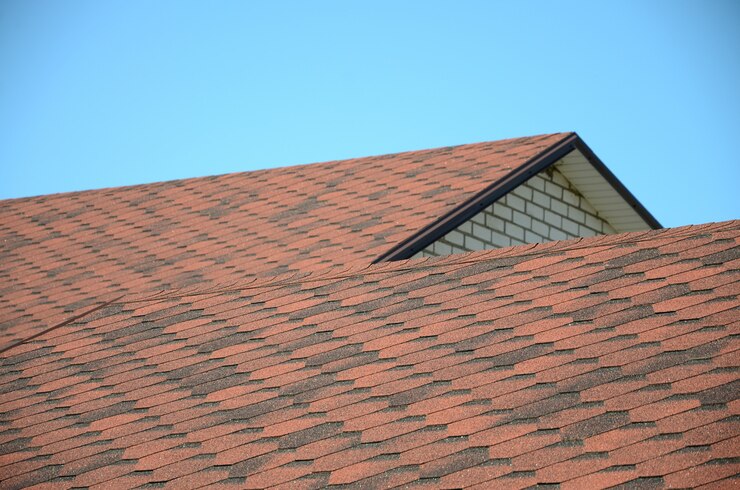

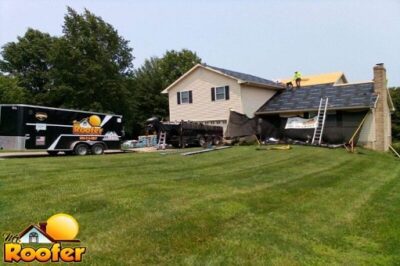
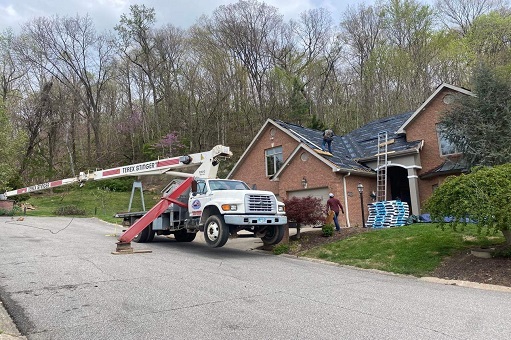
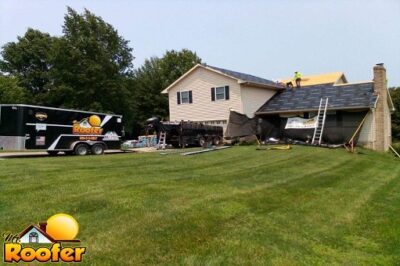
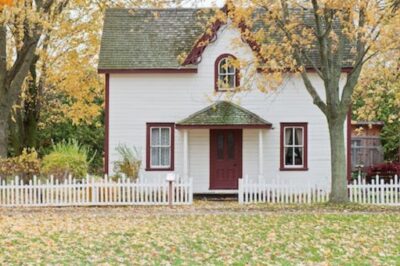
0 Comments